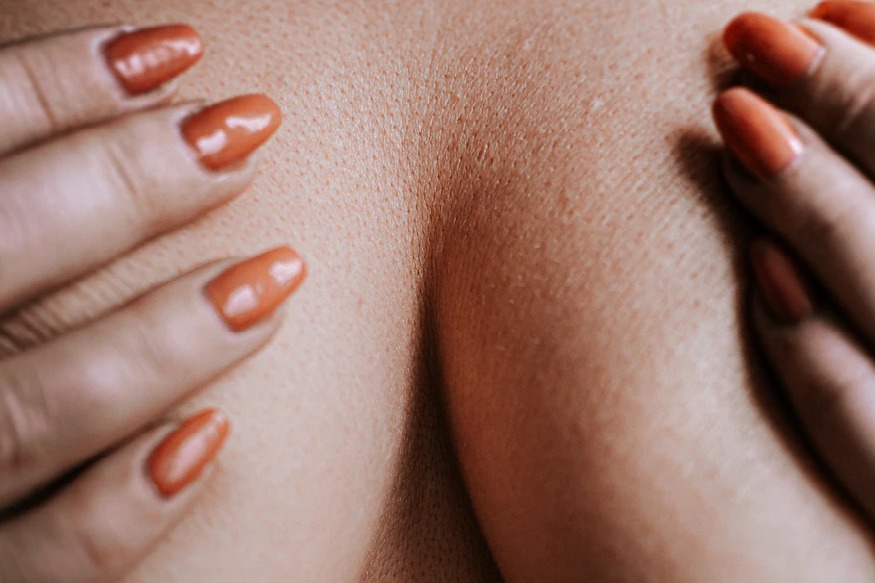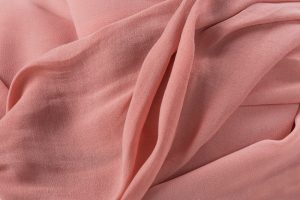
Breast cancer awareness – the importance of self-examination

Every October is breast cancer awareness month. This month is dedicated to people with breast cancer, raising money for research into the disease and breast cancer awareness. Part of that involves doing a self-examination of your breasts, and we’ll tell you everything you need to know.
Why self-examination is essential in the fight against breast cancer
One in seven women gets breast cancer: that is about 13,000 women every year. Men can also get breast cancer, but these cases are very rare: about one hundred men get diagnosed with breast cancer each year. Because the disease is so common amongst women, women in the Netherlands aged 50 to 75 are invited to participate in a screening every other year. During the screening, they make a mammogram of the breasts to check them for irregularities. But since this only captures a single moment in time and you might not be fifty years old yet, self-examination remains essential as it is the best way to learn how your breasts usually look so that you’ll notice if any changes occur.
Even though breast cancer is becoming more and more treatable, three thousand people in the Netherlands still die from the disease every year. The sooner breast cancer is diagnosed, the sooner treatment can start.
Self-examination = getting to know your breasts
In order to notice changes in your breasts, you need to know them well so you can tell what they ‘normally’ feel like. Your breasts consist of glandular tissue which can feel rather lumpy and bumpy underneath your skin: this is normal. It is also normal for your breasts not to be exactly the same size. Or that, from a young age, one or both of your nipples are inverted.
Not only can you feel abnormalities, sometimes you can also see them. That’s why it’s also important to look at your breasts regularly. For instance, when you’re taking a shower, but also in the mirror. You can read about symptoms that may indicate an abnormality later in the article.
How do you examine your own breasts?
The best day to examine your breasts is one week after the first day of your menstrual cycle. Your breasts are the least sensitive on that day and are least influenced by hormones. If you’re already in menopause, it’s not important when you conduct your self-examination.
You can have your breast examination while in the shower, standing in front of the mirror, or while lying on your bed.
- Bend your left arm behind your head and place your left hand on your neck. Use your right hand to examine your left breast.
- Divide your breast into four quarters (like a clock) and, with the flat of your hand, make a circular motion from the outer sides to the nipple.
- The nipple itself should be checked the same way. Next, you gently pull on the nipple a little bit. This should go without trouble.
- Do want to do an extra check, then you can bend over and examine the breasts.
- Don’t skip the armpit or the fold between the armpit and the breast.
- Next, you check the other breast in the same way.
A lump in your breast
If you feel a lump, this could be a tumour but doesn’t have to be. It could also be connective tissue or a benign cyst. Your doctor will further examine this. When we talk about a lump, we mean a bulge that feels different than the rest of your breast tissue. For instance, it could feel like a marble (smooth, hard), but it could also be a thickened disc or an elongated swelling. Do you notice the spot doesn’t seem to (quickly) go away? Then be sure to make an appointment with your doctor. If further examination is required, they might refer you to the hospital for a sonogram or mammogram.
More symptoms that could indicate breast cancer
Many women already know a lump in their breasts could be an indication of breast cancer. However, this is not the only symptom that could mean something is wrong. Do you have one or more of the symptoms listed below? Then you should make an appointment with your doctor. They can determine whether further examination is needed.
- Moisture secretion from the nipple;
- A thickened strand going to your nipple;
- Changes to the nipple such as flaking, redness, or swelling;
- Dents in the skin of the breast;
- A wound on the breast that isn’t healing;
- A so-called orange-peel skin, a thickened skin with dimples;
- An inverted nipple, if not pre-existing;
- A breast that is red and hot;
- Swelling or a lump in the armpit.
Changes due to hormones
Hormones can cause your breasts to feel different. They might feel sore due to hormonal influences. This is not uncommon, and, luckily, sore breasts rarely indicate an abnormality. Your breast might feel different internally as well, for instance, during your menstrual cycle. Or during your pregnancy and breastfeeding period when your breasts change. Do you feel any abnormalities in your breasts during your menstrual cycle? Then check again after it to be sure. Do you really not trust it? Then get in touch with your doctor.
Also read: What’s a breast massage and how can you give one?








Respond or ask a question
0 comments